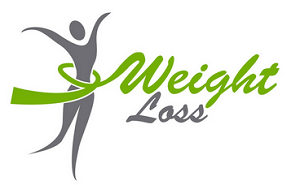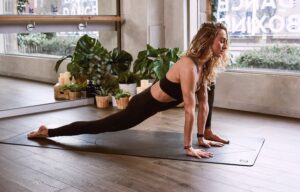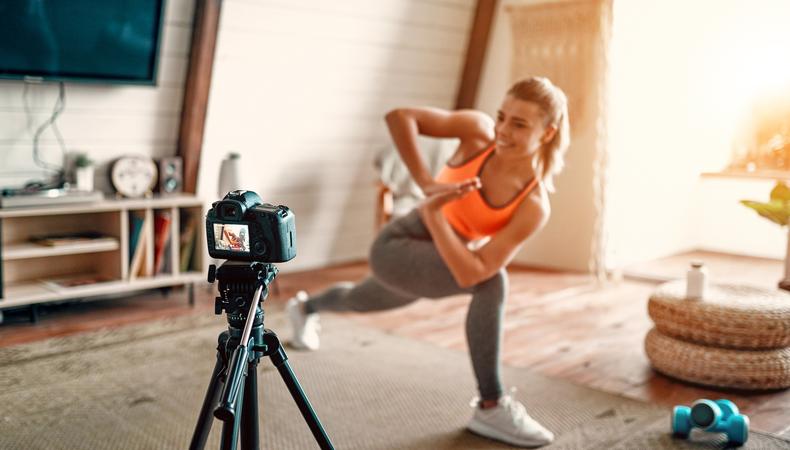In recent years, many studies have shown the interest of physical activity and its beneficial effects in primary and tertiary prevention. Patients who are motivated to take charge of their health are very keen on advice concerning the resumption and programming of physical activities. How to proceed so as not to disappoint a person without a sporting culture who wishes to engage in a long-term process of getting back into physical condition?
Objective: to improve physical condition
Physical exercise for health is defined as “structured physical activity that improves components of physical fitness such as cardiorespiratory endurance, muscular strength, endurance and flexibility”. The objectives here are to maintain or restore functional capacities and physical condition through regular and adapted physical or sporting activities.
Setting up a physical exercise with the objective of improving physical condition in a sustainable way means clearly answering the various questions that the sedentary 50-year-old will ask who wishes to make the effort to change his behavior. The four questions that will arise consciously or unconsciously will invariably be: What is my physical condition? What physical activities do you recommend? How do you fit exercise sessions into an already busy schedule? What real effects on my health?
Evaluate physical condition to motivate
The evaluation and follow-up of exercise training or re-training are done by cardio-respiratory exercise tests (exercise tests and field tests), muscular and neuromuscular (tests of strength, endurance strength, flexibility, coordination and balance). It is not a question of looking for contraindications but on the contrary of motivating a fifty-year-old who wishes to improve his physical condition with a health objective.
Advise and direct towards adapted physical activities
Structured physical exercise is characterized by five parameters: duration, frequency (number of sessions per week), intensity (low, moderate, high, very high), type of activity (swimming, jogging, tennis, etc.) and the context of the practice (individual or collective, autonomous or supervised). These five parameters must be addressed during the first assessment which will make it possible to organize a program whose essential success factors will be individualization (program adapted to the aptitudes and tastes of the subject), progressiveness (absence of checks) and regularity (real impact on the various factors of physical condition).
The resumption of physical activity must be discussed beforehand with a doctor and adapted to the physical condition of the patient.
Schedule recovery
It is important not to miss this recovery period because it is the essential element that will allow a lasting change in health behaviors.
International recommendations for take-back programs are specific. The American College of Sports Medicine offers programs over 20 sessions, spread over 4 to 10 weeks depending on the level of sports abilities. Each session should last at the beginning 20 to 30 minutes minimum at a moderate intensity, that is to say between 50 and 70% of the VO2max with a frequency of 3 to 5 times per week. The programs with “gateway workshops” are less formal and allow you to discover physical activity gently. Supervised by professionals in sports animation, sedentary people, seniors or patients with chronic diseases evolve at their own pace and in a group where the gaze of the other will be benevolent since the problems of recovery will be the same for all (Box 1 ) .



